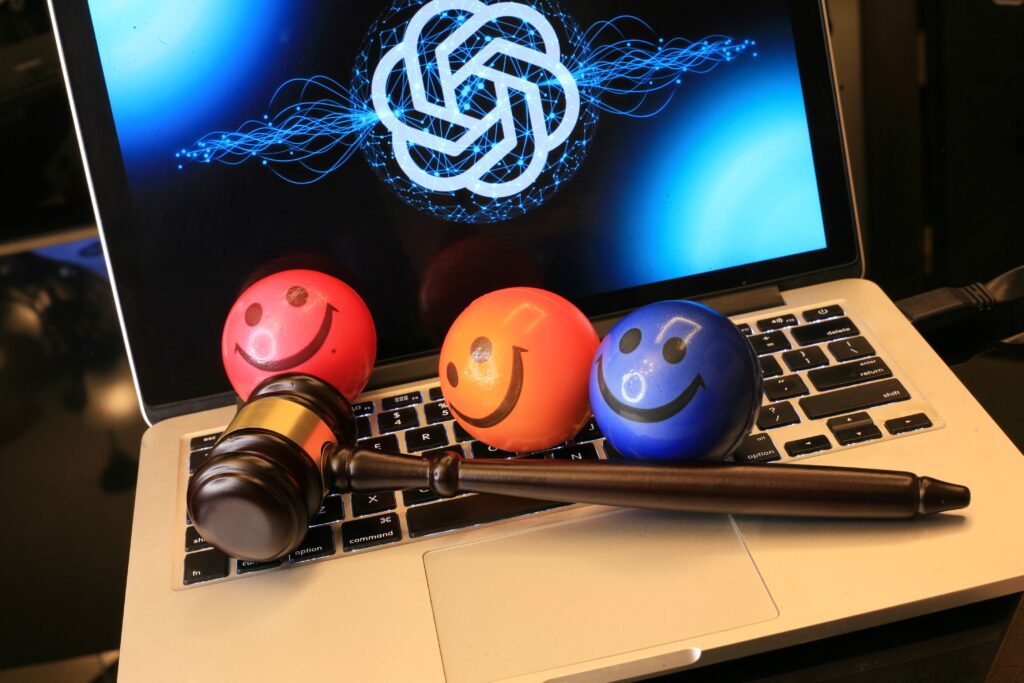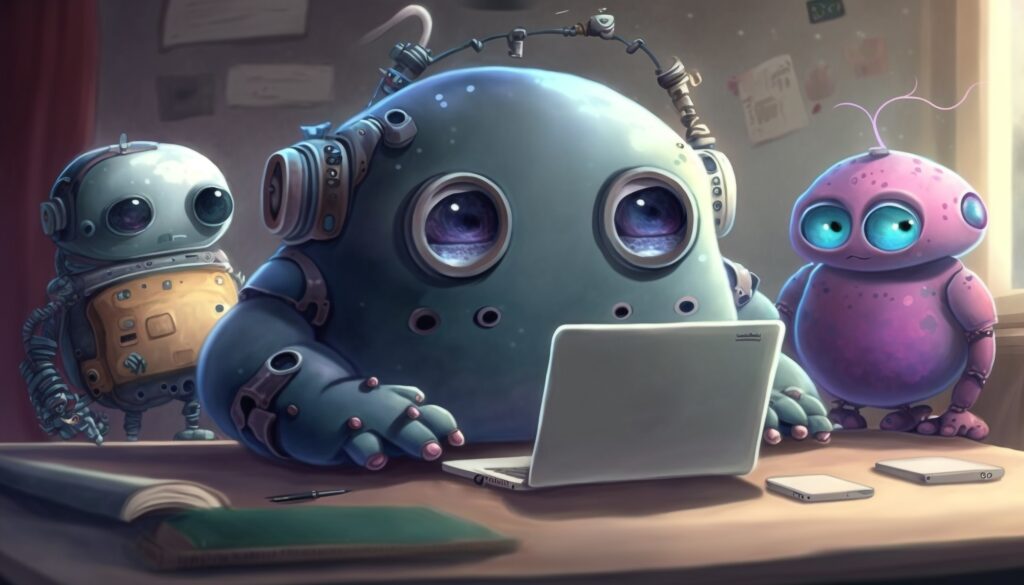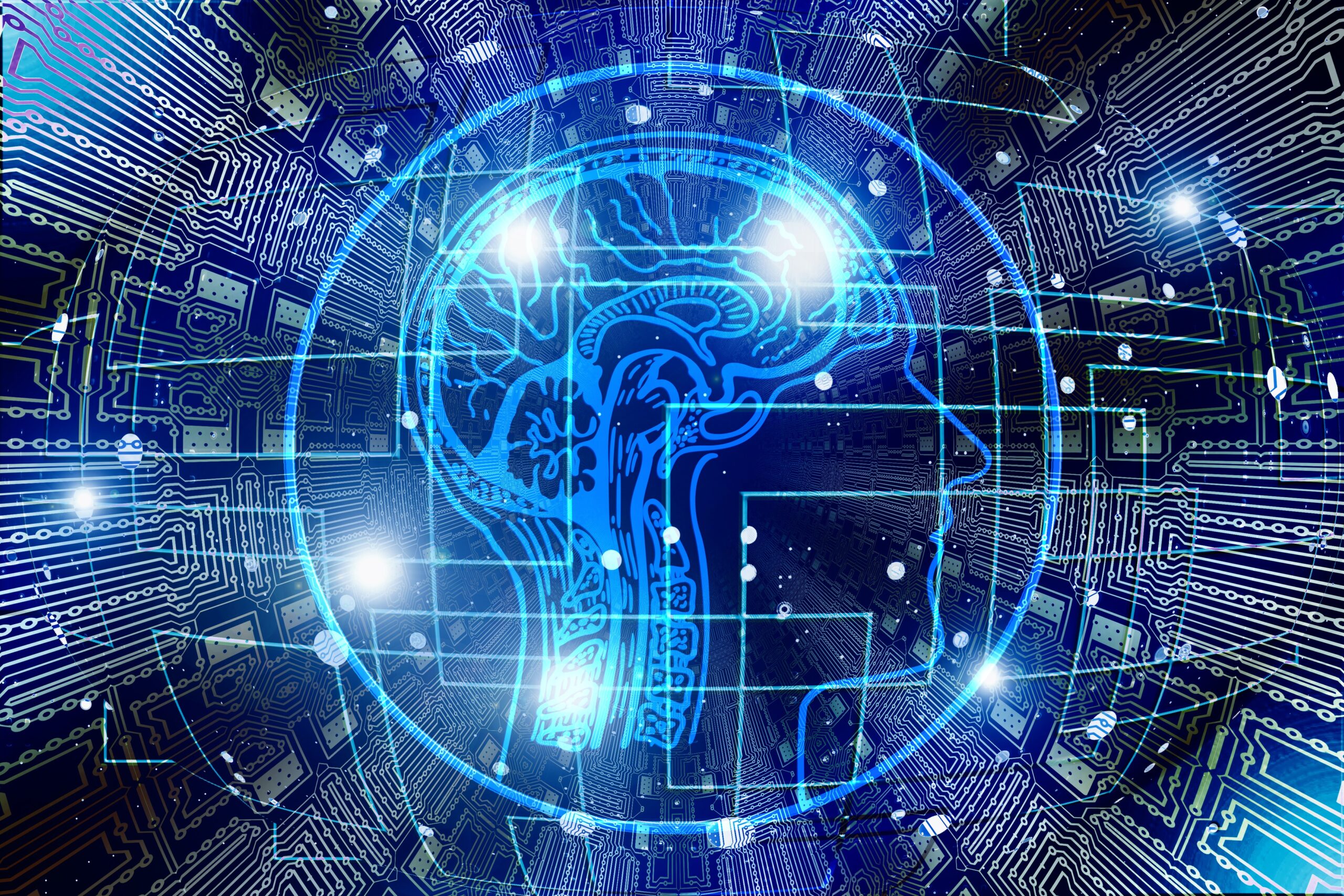Introduction:
The history of ChatGPT is intricately woven into the broader narrative of advancements in artificial intelligence and natural language processing. Developed by OpenAI, ChatGPT represents a milestone in the quest to create more sophisticated and contextually aware conversational AI models. In this exploration, we will delve into the origins, key developments, and the evolution of ChatGPT, shedding light on the continuous efforts to enhance the capabilities of conversational AI.

I. Origins of ChatGPT:
A. OpenAI’s Mission: OpenAI, founded with the mission of ensuring that artificial general intelligence (AGI) benefits all of humanity, embarked on a series of projects to push the boundaries of AI capabilities. ChatGPT emerged as part of this journey, building on the foundation laid by predecessors like GPT-3.
B. GPT-3 (Generative Pre-trained Transformer 3): GPT-3, the predecessor to ChatGPT, was a breakthrough in natural language processing. Released in June 2020, GPT-3 demonstrated remarkable language understanding and generation capabilities, showcasing the potential of large-scale pre-trained transformer models.
II. ChatGPT’s Predecessors:
A. GPT-2 (Generative Pre-trained Transformer 2): GPT-2, introduced in 2019, was a precursor to the advancements seen in ChatGPT. It gained attention for its ability to generate coherent and contextually relevant text, but its release was tempered due to concerns about potential misuse of the technology.
B. Learning from GPT-3: The development of ChatGPT drew heavily from the lessons learned during the creation and deployment of GPT-3. Feedback from users and the wider AI community played a crucial role in refining the model and addressing limitations.
III. ChatGPT’s Architecture and Training:
A. Transformer Architecture: ChatGPT, like its predecessors, is built on the transformer architecture. This architecture enables the model to capture and process long-range dependencies in text, facilitating coherent and contextually relevant responses.
B. Training on Diverse Datasets: To enhance its conversational abilities, ChatGPT was trained on diverse datasets containing a wide array of internet text. This approach aimed to expose the model to a broad spectrum of language styles, ensuring adaptability in various conversational scenarios.
C. Fine-Tuning and Iterative Refinement: OpenAI employed a two-step process involving pre-training on a large corpus of data followed by fine-tuning on more specific datasets. Iterative refinement, guided by user feedback, played a crucial role in enhancing the model’s performance and mitigating biases.
IV. ChatGPT in Action:
A. Public Beta and User Feedback: OpenAI launched the public beta of ChatGPT in 2021, allowing users to interact with and provide feedback on the model. The decision to make ChatGPT publicly accessible aimed to gather insights into its strengths and weaknesses and to understand its real-world applications.
B. Use Cases and Limitations: Users explored a wide range of use cases, from drafting content to programming assistance. However, ChatGPT, like any AI model, faced limitations, including occasional generation of incorrect or nonsensical answers and sensitivity to input phrasing.
V. Safety and Ethical Considerations:
A. Addressing Biases and Misuse: OpenAI has been proactive in addressing concerns related to biases and potential misuse of ChatGPT. Through ongoing research and updates, efforts have been made to minimize biases and prevent the model from generating harmful or inappropriate content.
B. Ethical AI Usage: OpenAI has emphasized responsible AI usage and encourages users to provide feedback on any instances of biased or problematic outputs. This iterative feedback loop is vital for refining the model and aligning it with ethical considerations.
VI. Future Developments:

A. Research and Innovation: The development of ChatGPT is part of OpenAI’s continuous commitment to research and innovation in the field of AI. As technology evolves, future iterations and models may build upon the lessons learned from ChatGPT to create even more advanced conversational AI systems.
B. Integration with Other Domains: OpenAI envisions expanding the applicability of conversational AI models like ChatGPT to other domains and industries. Integrating these models into various contexts, from healthcare to education, holds the potential to streamline processes and enhance user experiences.
VII. Conclusion:
ChatGPT stands as a testament to the rapid progress in the field of conversational AI. Its journey from the foundations laid by GPT-3 to the iterative refinements driven by user feedback reflects a commitment to creating more intelligent, adaptable, and context-aware conversational models. As ChatGPT continues to evolve, it serves as a stepping stone toward the realization of OpenAI’s broader mission – to develop artificial general intelligence that benefits humanity while addressing the ethical considerations and challenges that arise along the way. The story of ChatGPT is a dynamic narrative, shaped by collaboration, innovation, and a shared vision for the responsible advancement of AI technology.
